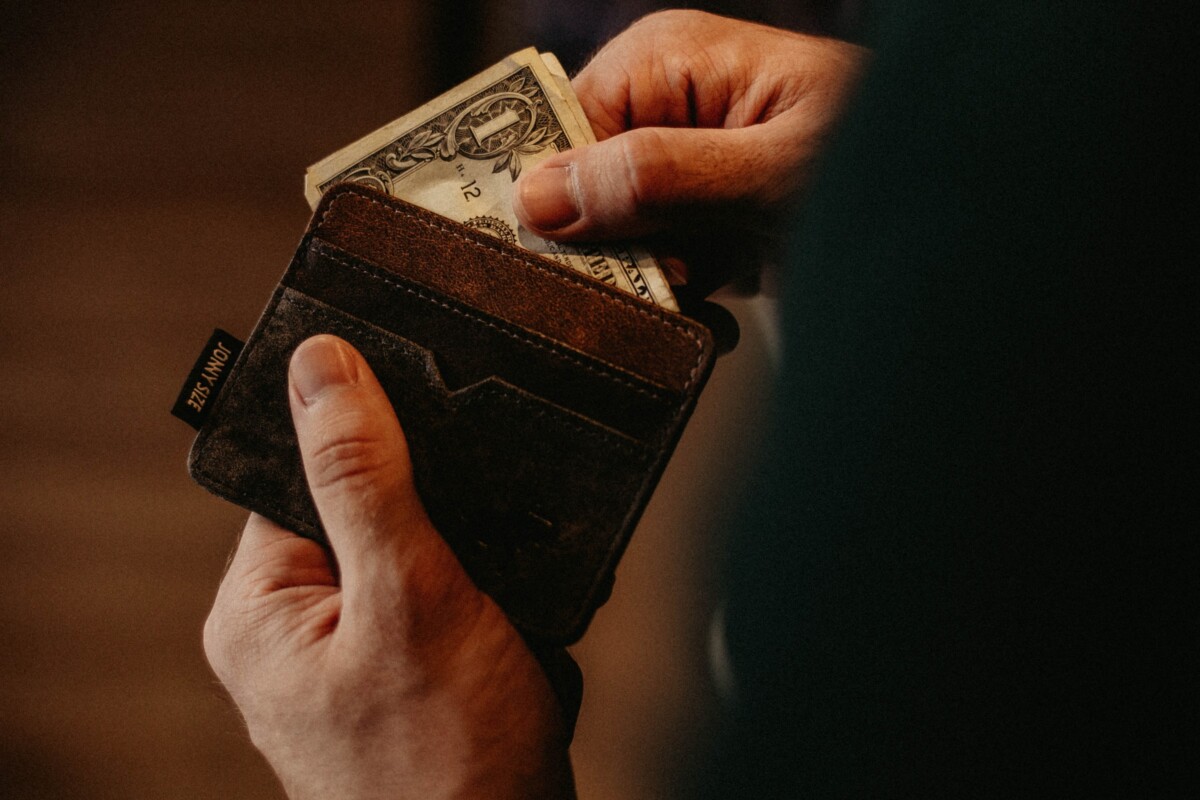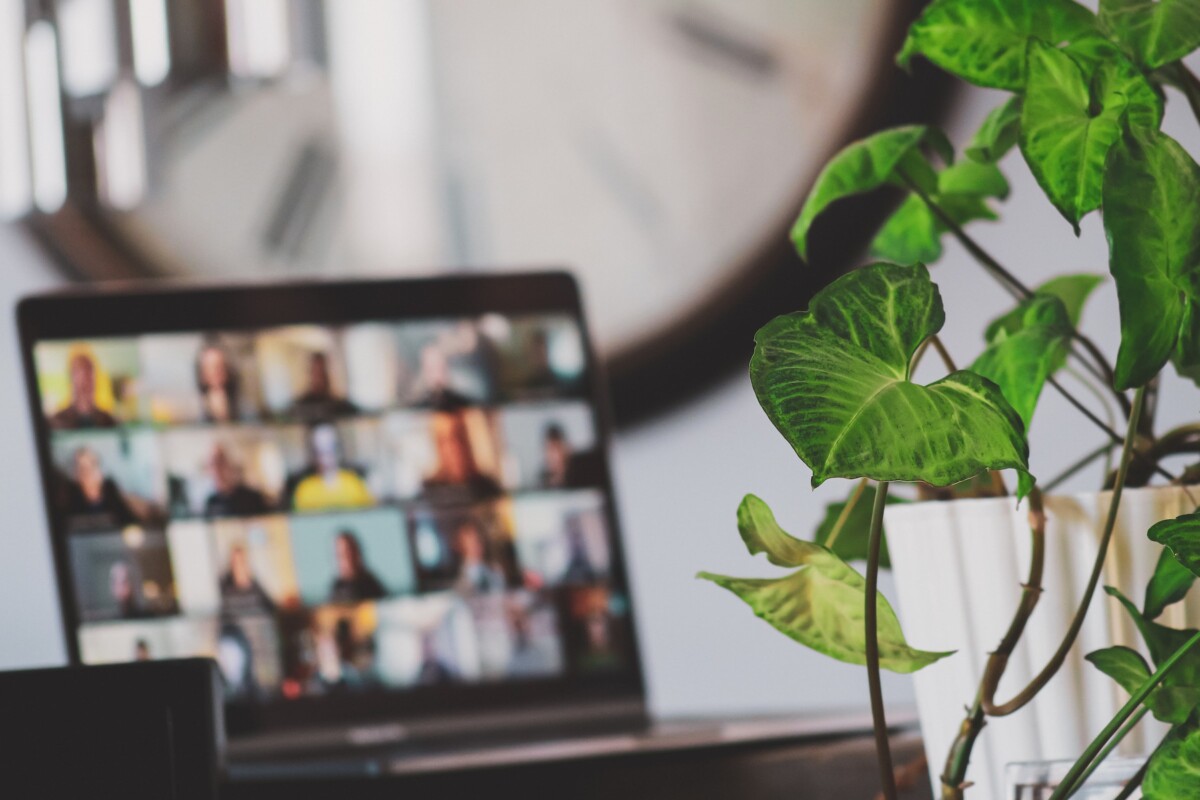It has never been simple to answer the call of nature while out and about in New York City. The odds are stacked against the city’s 8.4 million residents and more than 60 million annual tourists who normally walk the neighborhoods because there are only 1,103 public restrooms. In terms of public restrooms per capita, NYC is 93rd in the US.
According to Manhattan Borough President Mark Levine, a bill to open more public restrooms has support and might pass the City Council by the end of September.
In addition to laying out expenditures that might exceed tens of millions of dollars, the proposal would force the city’s Department of Parks & Recreation and Department of Transportation to recommend at least one public restroom location in each of the city’s roughly 168 ZIP codes.
After extensive closures during the early stages of the pandemic made it even difficult to find a restroom, efforts are now being undertaken to address New York City’s bathroom desert. In addition to widespread retail closures, the Metropolitan Transportation Authority closed all 76 of the subway system’s restrooms, while local businesses locked their restroom doors to keep customers out.
Stories (and Reddit threads) about Amazon delivery couriers and car-share drivers being forced to urinate in bottles and behind bushes surfaced as complaints about odor, public urination, and excrement increased. The roughly 3,000 homeless people in New York who were sleeping on the streets and in the subways didn’t even have a place to wash their hands.
This has been wildly popular, Levine says of the legislation that has majority support among City Council members. No doubt there is a will to get this done.
That wasn’t always the case. Without much success, four mayoral administrations attempted to expand public restrooms throughout the five boroughs of New York City. Most recently, in 2006, then-Mayor Michael signed a 20-year agreement for Cemusa to install 20 automated public restrooms. Cemusa was later acquired by JCDecaux SA. The remaining 15 remain inactive in a Queens warehouse after 16 years due to neighborhood opposition, a thorough land use review by the city, and multiple layers of bureaucratic permission. Only five have been installed. An email for comments from the press office of Mayor Eric Adams was not returned.
Teddy Siegel couldn’t wait. When Siegel desperately needed to use the restroom, she was shopping in Times Square a year ago. She was refused by a number of establishments before finding one at McDonald’s, but only after spending $3 on a bottle of water. That is how her @Got2GoNYC TikTok account was created. Siegel tweets out codes to retailer bathrooms, updates a Google Map with more than 500 crowdsourced restroom addresses, and publishes films about clean, accessible bathrooms across the city on a daily basis. One year later, @Got2GoNYC has 1.8 million video likes and over 120K followers.
If buying a bottle of water or a cup of coffee for a few dollars is not going to be a hardship for you in order to use the bathroom, then you are privileged, Siegel says. That’s not the reality for the majority of people in New York who need that money for themselves, their families and their children, and shouldn’t be spending it on a basic bodily function and human right.
From racially segregated bathrooms in the Jim-Crow era US South to the ongoing debate over transgender access to toilets, the history of public restrooms echoes struggles for social justice. Since the Victorian era, urinals for males have been created in greater numbers than stalls for women, first to deter women from leaving the house.
Two Black males were arrested in 2018 at a Starbucks in Philadelphia after the manager denied them access to the restroom and dialed 911. Starbucks became the de facto rest area in the US as a result of the outcry, which drove the coffee business to declare an open-bathroom policy. However, Starbucks CEO Howard Schultz stated in June that the business may revoke the rule in order to protect employees.
There are 350 of them in New York City.
According to Taunya Lovell Banks, a lecturer at the University of Maryland Francis King Carey School of Law, the operation of “public” restrooms by private companies is fundamentally discriminatory. Bathroom use is no longer a fundamental right protected by the government for everyone, but a luxury available only to those with the money.
In 1940, NYC had more public restrooms than it does now. How did New York come to have so few free places to visit, then?
The first public restroom in Manhattan, inspired by the pissoirs of Paris, opened its doors in 1869 thanks to advancements in the city’s water and sewage systems.
A fresh wave of restrooms was ushered by evolving cleanliness standards, tenement housing reform, and the moral war against alcohol during the Progressive and Prohibition eras. However, compared to European cities, New York lagged in the construction of public baths and comfort stations. The Mayor’s Committee of New York City stated in a report from 1897 that it was “imperative” to create more “comfort stations” and bath houses.
The responsibility for providing amenities has shifted to private businesses as a result of modern consumerism, which can be seen everywhere from gas stations to department stores.
Budget cuts marked the end of public restrooms when NYC narrowly avoided bankruptcy in 1975, according to a 2019 history and analysis titled “The Need for Public Bathrooms” by Julie Chou, Kevin Gurley, and Boyeong Hong for Urban Design Forum. Public restrooms had developed a bad reputation as locations for drug use, illnesses, vandalism, and sex acts by the 1980s. Further closures were prompted by security worries following the terrorist events of September 11, 2001.
Levine, a co-sponsor of the bill, stated he is still concerned about cost even if the proposed legislation is approved in New York. A park comfort station costs around $3 million and is a simple rectangle building with four walls, many restrooms, and numerous hand-washing facilities.
The automated public restrooms from JCDecaux that New York cost a quarter of that, but they also require installation and yearly maintenance. Other options include the “Portland Loo,” a vandal-proof, single-user toilet pod that has been sold across North America for about $90,000.
Chou, a co-author of “The Need for Public Bathrooms,” is in favor of a less expensive solution: a reward system to encourage businesses to open up their facilities.
For example, the City of London manages the Community Toilet Scheme, which offers private companies an annual stipend in exchange for opening their restrooms to the public. Versions of the software are also used in other UK cities, German cities, and Australian cities.
Washington, D.C. in the US, voted in 2018 to consider compensating businesses and has plans to build new public restrooms.
We need retail bathrooms open to the public as well as a variety of government-operated public bathrooms, Chou says. Public bathrooms are not a one-size-fits-all solution.
Levine and Chou argue that New York should consider examples from other countries that offer various perspectives on the toilets of the future. While Singapore keeps an updated digital map of restrooms with ratings across the country, India is converting disused buses into public restrooms for women with breastfeeding and baby-changing stations. According to Chou, the renowned public restroom system in Japan is evidence of how big New York should aim.
It’s clear that folks recognize the urgency of the issue and want to act on it, says Rita Joseph, the NYC bathroom bill’s lead sponsor.
The parks and transportation agencies will have until June 2023 to decide where and how to implement the facilities if the law is approved. Finding the necessary funding follows. Levine wants the new restrooms to be constructed a year after planning is finished.
Until then, the city will have to rely on private companies and bottom-up efforts like Got2GoNYC because there is only one bathroom for every 7,700 people in New York.
It’s now or never, says Chou, who is part of a public bathroom working group for community boards in Manhattan. If the city can’t take decisive action after a once-in-a-century pandemic, she says, I don’t know what more needs to happen.




